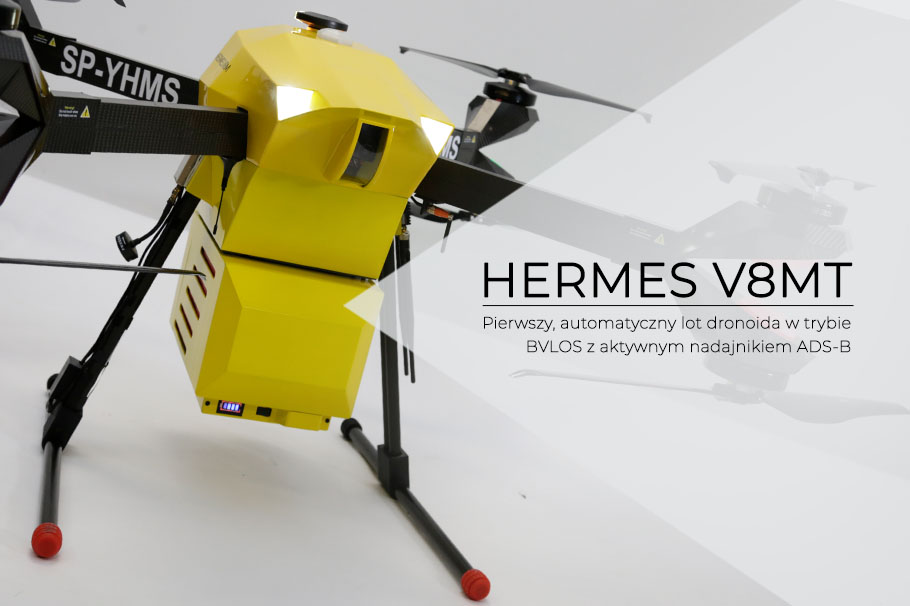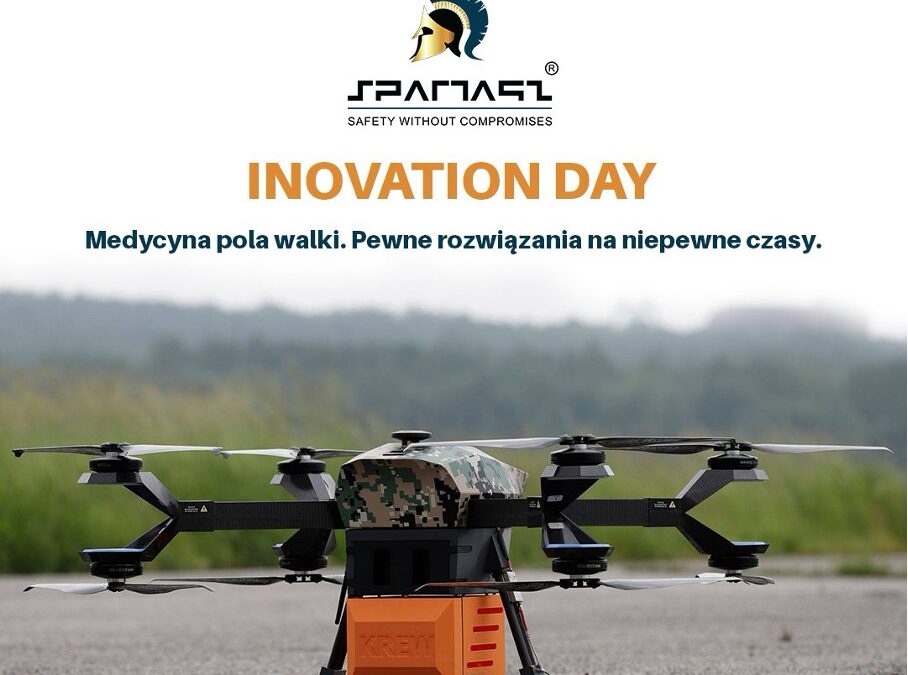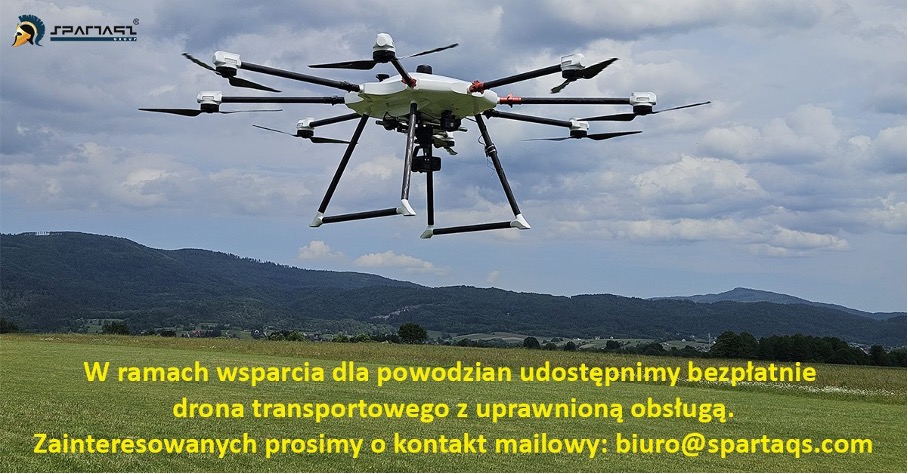The tests were carried out in the presence of Mr. Marcin Dziekański – CEDD Coordinator on GZM’s behalf. The tasks were carried out as part of the DroneLAB Transport project.
The Hermes V8MT dronoid successfully completed another flight over the CEDD test area. This time including the stopover, as the result of a power failure simulation. The dronoid has been equipped with new components including a long-range vision transmitter and RFD radio. During the flight, UAV emitted the MODE-S code assigned to it by the Civil Aviation Authority under ICAO – the International Civil Aviation Organization, ensuring the visibility of the ship in flight control systems by the Polish Air Navigation Services Agency.
Flight conditions:
– Average flight speed: ~ 9 m/s.
– Wind speed at 100m height: 7 m/s up to 11 m/s –
Average flight limit: 100MASL up to 120MASL
– Operation time: 16 min.
– Distance covered including stopover: 8,52 km.
– Temperature at flight level: 7 degrees Celsius C.
– Wind: variable, southern, south-eastern, blowing from the forehead, at an angle of 30 degrees to the UAV’s flight axis.
Range of tests:
– The range of RFD radio transmitting telemetry data from UAV to the Mobile Command Center: 8,5km
– The range of effective video transmission from UAV to MCC in FHD standard: 8,5km
– Efficiency of 868 MHz and 2.4 MHz long range antennas mounted on the tracker: OK
– Operation of the on-board computer module analyzing the course of the mission: OK
– Operation of the ADSB active transmitter emitting MODE-S signal: OK
– Operation of air traffic visualization software: OK
– Emergency power supply module operation: OK
– Long-range LIDAR module operation: 120m
– Operation of the new GSM / GPS module – SkyTrack, used for UAV’s flight communication and monitoring: OK
– Operation of DRONET software, tracking the mission and flight of the Hermes V8MT drone installed on Spartaqs servers: OK
– UAV’s response to simulation of power failure – stopover, engine shutdown for 25 seconds, restart and mission continuation: OK
– Precision of navigation systems – accuracy of stopover and landing positions: 70cm
– Dronoid’s flight efficiency at lower temperatures and medium wind conditions: Very good result
– Impact of weather conditions on flight time and efficiency of power systems. Energy consumption at 40%
– Mission accomplishment correctness: 100%
– Operation of the cooling chamber, new cargo compartment: OK
– Influence of the new cargo compartment on the flight: Positive result
– Logistics and flight management: Improve operational procedures, increase the number of observations points on the flight route
The tests mentioned above were based on the experience and conclusions taken from the first Hermes V8MT BVLOS test, which was carried out on October 27, 2019 as part of DroneLAB Transport. The current test showed that the new components work as intended, significantly improving the transmission of telemetry data and the range of vision from the dronoid.
Further tests which are already planned will take into account the conditions prevailing over urban areas. Activities under the DroneLAB Transport project should give the answer to the question about the level of advancement and technological readiness of transport drones produced on the domestic market. The conducted tests enable the improvement of test and operational procedures as part of future UAV activities in the Urban Space areas.




